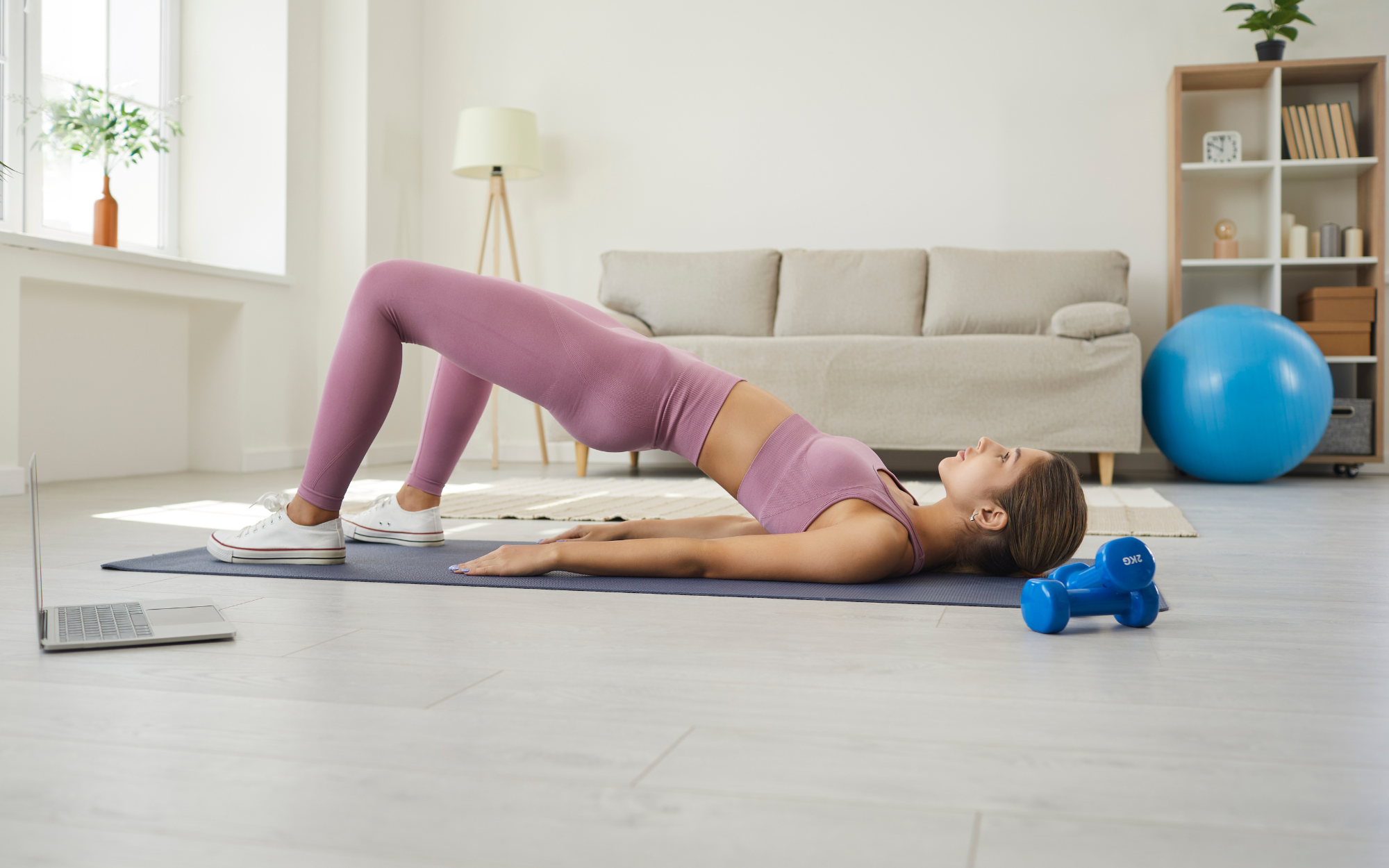Lifestyle changes and herbal options for OAB. What can you do on your own?

By Board Certified Urologist, Dr. Yana Barbalat
Overactive bladder (OAB) is a symptom complex characterized by urinary urgency, frequency, and sometimes urge incontinence. Urgency is really a hallmark feature in patients with OAB. People often tell me that they feel their bladder has a mind of its own. Although overactive bladder is most often “idiopathic”- meaning, without a single known cause, there are many ways that we can control the symptoms of OAB.
Treatment of OAB typically falls into three categories: first-, second-, and third-line treatment. First-line treatment involves lifestyle changes and certain herbal options to improve the symptoms of OAB. Second-line treatment involves the use of prescription drugs or vaginal estrogen to treat OAB. And finally, third-line treatment involves minimally invasive procedures to control OAB.
Today, we will focus on first-line treatment. Luckily, this is something that anyone with OAB can initiate on their own before seeing the doctor.
1. Fluid Intake: This one is huge! I always tell my patients that if you are going to drink a lot, then you are going to pee a lot. Take note of how much you are drinking and most importantly, what you are drinking. Certain fluids can irritate the bladder and cause more frequency and urgency.
Fluids that irritate the bladder and cause urgency include:
- Regular and Diet Soda
- Coffee
- Alcohol
- Sweetened store-bought drinks (flavored water, sweet electrolyte drinks, juices, sweetened iced tea)
In general, I tell my patients with OAB that 1-2 cups of coffee per day is OK and homemade drinks are generally OK. I encourage my patients to make their own iced tea or flavored water using cucumbers, mint, lemon, or berries.
2. Blood sugar: For those patients with diabetes, it’s important for blood sugars to be well controlled. People with high blood sugar levels tend to urinate a lot.
3. Pelvic floor physical therapy: Strengthening the pelvic floor helps with bladder control. One way to strengthen the pelvic floor is through Kegel exercises and when it comes to Kegels, it is important to stay persistent and consistent! I generally recommend that patients do three sets of ten Kegel exercises daily…basically every time they sit down to eat a meal.
4. Bladder retraining: This involves gradually increasing the time period between trips to the toilet which helps people who have a lot of frequency to urinate.
First identify your pattern. If you typically void every hour, then start this program by voiding every hour for a few days, but no sooner or later. Gradually lengthen the period between trips to the bathroom by 15 min each week, until you are voiding every 2-3 hours comfortably. Try not to return to the bathroom sooner than the time interval you have set for yourself that week.
5. Try cranberry fruit powder: There have now been several studies that showed cranberry powder to be effective in reducing symptoms of OAB. In these studies, patients who took full spectrum cranberry fruit powder for 6 months experienced significantly less urgency to urinate and less frequency of urination.
Utiva Bladder Health contains the cranberry formula which was used in these studies. I generally recommend that patients with urgency and frequency try 250-500 mg of Utiva Bladder Health supplements (1-2 capsules daily) if they are interested in a holistic and well tolerated approach to managing their OAB. Click here to learn more about Utiva Bladder Health.
Knowledge is power
Sign up to our newsletter to keep learning!

- Choosing a selection results in a full page refresh.
- Opens in a new window.



